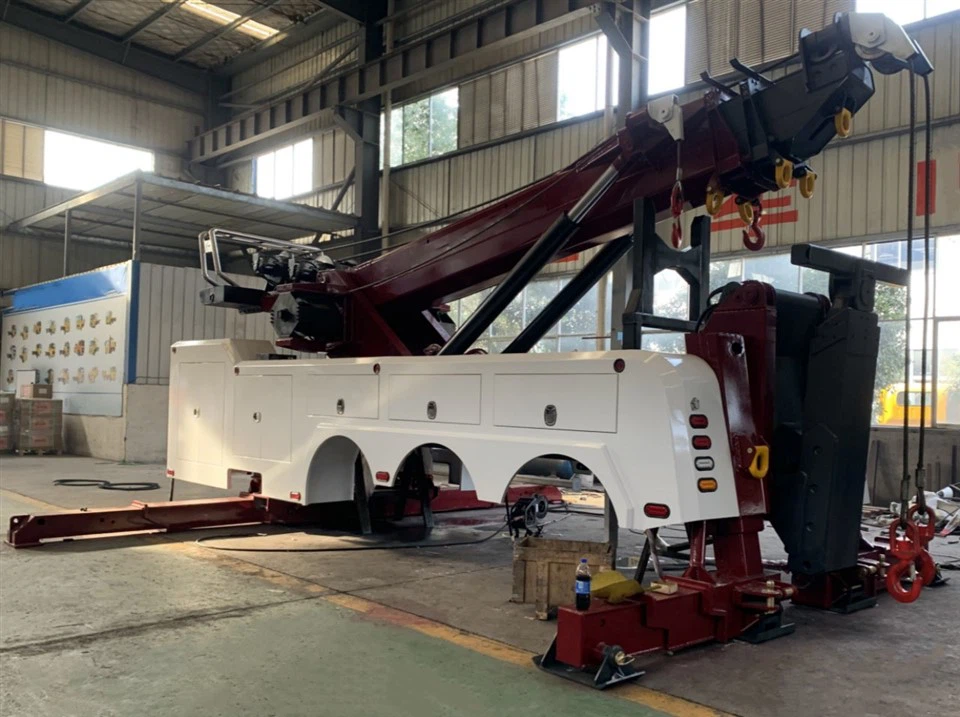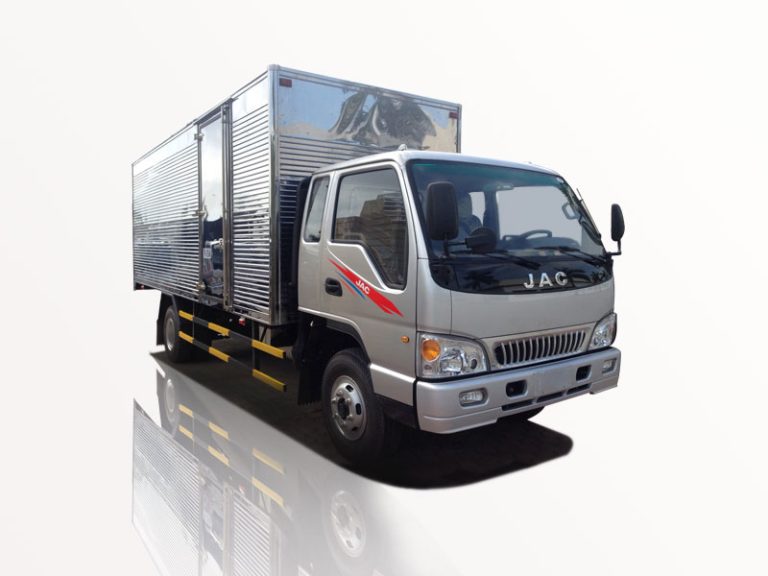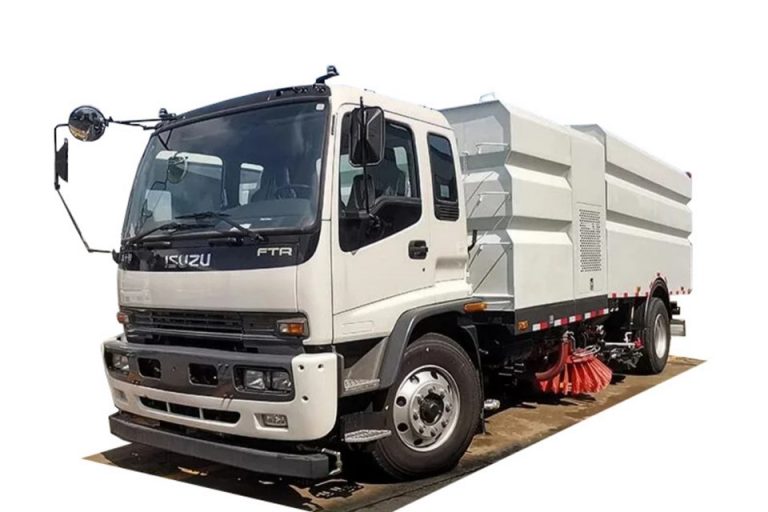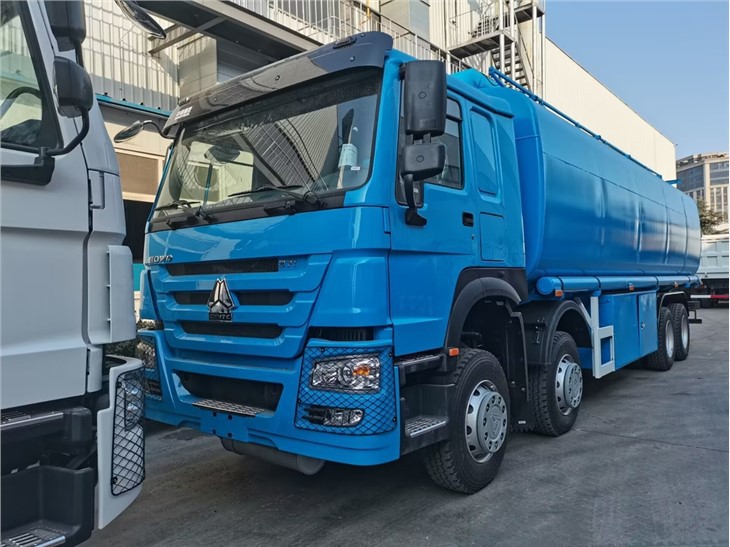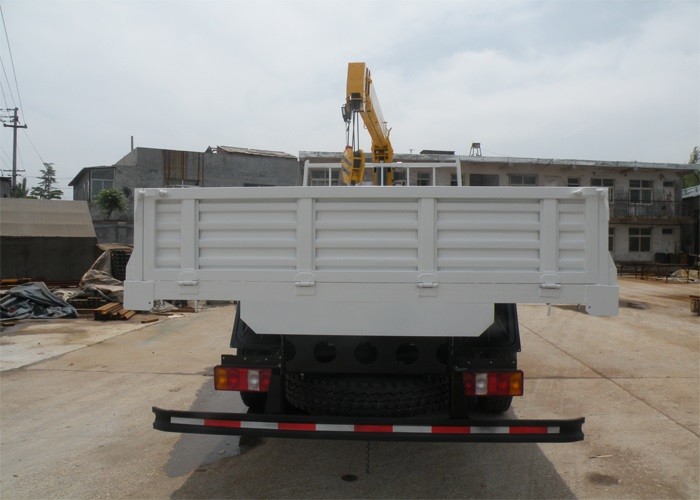Garbage trucks play a crucial role in maintaining public health and cleanliness in our communities. These vehicles are not just big trucks; they come in various types, sizes, and functionalities designed to minimize waste and protect our environment. In this article, we will explore various aspects of garbage trucks, from their history and types to their working mechanisms and future innovations. This comprehensive guide will equip you with all you need to know about garbage trucks.
1. The History of Garbage Trucks
The evolution of garbage trucks over the years shows how sanitation methods have advanced significantly. Below is a timeline that highlights key developments:
| Year | Development |
|---|---|
| 1897 | The first motorized garbage truck is introduced in the United States. |
| 1920s | Mechanized loading systems begin to replace hand-packing methods. |
| 1950s | The introduction of the rear-loading garbage truck revolutionizes waste collection. |
| 1980s | Front-loading garbage trucks gain popularity for commercial waste collection. |
| 2000s | Technological advancements lead to the introduction of automated collection systems. |
2. Types of Garbage Trucks
Garbage trucks come in a variety of types, each designed to suit specific waste collection needs. Here are the primary types:
2.1 Rear-Loader Garbage Trucks
Rear-load garbage trucks are characterized by their waste collection method. Workers throw garbage bags into the back of the truck. Typically used in residential areas, they’re suitable for small to medium-sized loads.
2.2 Front-Loader Garbage Trucks
Front-loaders feature a hydraulic mechanism that lifts bins and dumps contents into the front of the vehicle. These trucks are commonly used for commercial waste collection.
2.3 Side-Loader Garbage Trucks
Side-loaders operate with a mechanical arm that picks up waste from the side of the truck. They are ideal for narrow streets where maneuverability is essential.
2.4 Compaction Trucks
Compaction trucks use a hydraulic compactor to compress waste for more efficient storage. This type is prevalent in areas with dense populations where space is a concern.
2.5 Recycling Trucks
Recycling trucks are specially designed to segregate recyclable materials from regular waste. They often have separate compartments to prevent contamination.
2.6 Automated Garbage Trucks
Automated trucks are equipped with advanced technology that allows them to pick up waste with minimal human intervention. This innovation improves efficiency and safety for workers.
3. How Garbage Trucks Work
Understanding how garbage trucks operate provides insights into their efficiency. Here’s an overview of their working mechanism:
3.1 Collection Process
The garbage collection process begins with the scheduled pickups. Trucks follow specific routes to collect waste from designated areas.
3.2 Operational Mechanisms
The following components play an essential role in the operations of garbage trucks:
- Compactor: Compresses waste to optimize space in the truck.
- Hydraulic System: Powers mechanisms that lift bins and compact waste.
- Loading Arm: Used in automated trucks to pick up waste with precision.
3.3 Disposal Process
Once full, trucks transport the waste to landfill sites or recycling centers, adhering to municipal regulations regarding waste management.
4. Environmental Impact of Garbage Trucks
Garbage trucks have a noteworthy impact on the environment. It’s essential to understand both the positive and negative effects:
4.1 Positive Impacts
- Waste Management: Proper collection reduces litter and pollution.
- Recycling: Facilitates recycling efforts, conserving resources.
- Public Health: Decreases disease spread by managing waste effectively.
4.2 Negative Impacts
- Emissions: Garbage trucks contribute to greenhouse gas emissions.
- Noise Pollution: The operation of garbage trucks can disturb residential areas.
5. Innovations in Garbage Truck Technology
Innovations in waste management are crucial for enhancing the efficiency and sustainability of garbage trucks. Here are some notable advancements:
5.1 Electric Garbage Trucks
Electric garbage trucks are becoming increasingly popular due to their reduced carbon footprint and lower operating costs.
5.2 GPS and Route Optimization
Using GPS technology, garbage trucks can optimize their routes to reduce fuel consumption and time spent on the road.
5.3 Smart Waste Bins
These bins notify collection services when they are full, ensuring timely pickups and reducing unnecessary trips.
5.4 Advanced Compaction Technology
Improvements in compaction technology allow for greater waste storage, which means fewer trips to disposal sites and lower emissions.
6. Maintenance of Garbage Trucks
Regular maintenance of garbage trucks ensures their optimal performance and longevity. Here’s a breakdown of important maintenance practices:
6.1 Daily Checks
- Inspect fluid levels (oil, coolant, hydraulic fluid).
- Check tire pressure and tread wear.
- Ensure all lights and brakes function correctly.
6.2 Weekly Inspections
Conduct thorough inspections of hydraulic systems, compaction mechanisms, and any moving parts that may wear out.
6.3 Annual Maintenance
Service engines, replace filters, and conduct an extensive check on all operational systems to ensure compliance with safety regulations.
7. The Role of Garbage Trucks in Urban Planning
Garbage trucks play an essential role in urban planning and sustainability efforts. Proper waste management is critical for healthy communities.
7.1 Infrastructure Considerations
Urban planners must consider road sizes, weight limits, and truck routing in their designs to facilitate efficient waste collection.
7.2 Sustainability Initiatives
City governments are increasingly focused on sustainability, making investments in cleaner and more efficient garbage truck technology.
8. Practical Examples and Tips for Efficient Garbage Collection
8.1 Effective Route Planning
Utilize route optimization software to minimize travel time and fuel costs. This technology can help reduce the carbon footprint of garbage trucks.
8.2 Technology Integration
Integrate real-time analytics and tracking to improve the efficiency of waste collection and disposal processes.
8.3 Community Involvement
Engage communities in recycling and waste segregation initiatives to ease the burden on garbage trucks and improve recycling rates.
9. Frequently Asked Questions
9.1 What is the average lifespan of a garbage truck?
The average lifespan of a garbage truck is around 10 to 15 years, depending on usage, maintenance, and operating conditions.
9.2 How many types of garbage trucks are there?
There are several types of garbage trucks, including rear-loaders, front-loaders, side-loaders, compaction trucks, and automated garbage trucks.
9.3 What are the main challenges faced by garbage truck operators?
Challenges include safety concerns, mechanical failures, traffic regulations, and environmental issues associated with emissions.
9.4 How do automated garbage trucks work?
Automated garbage trucks use robotic arms to collect waste, reducing the need for human operators to manually lift bins.
9.5 What role does technology play in waste management?
Technology enhances route optimization, tracking, and waste sorting, making waste management more efficient.
9.6 How does recycling impact garbage truck operations?
Recycling reduces the waste volume collected, which can lead to fewer trips and lower operational costs, benefiting both the environment and budgets.
